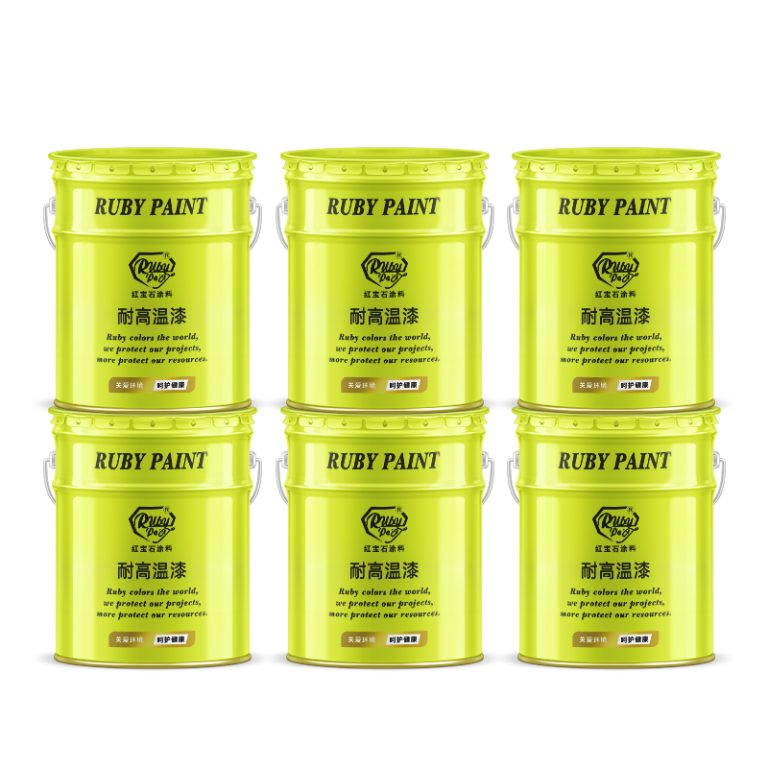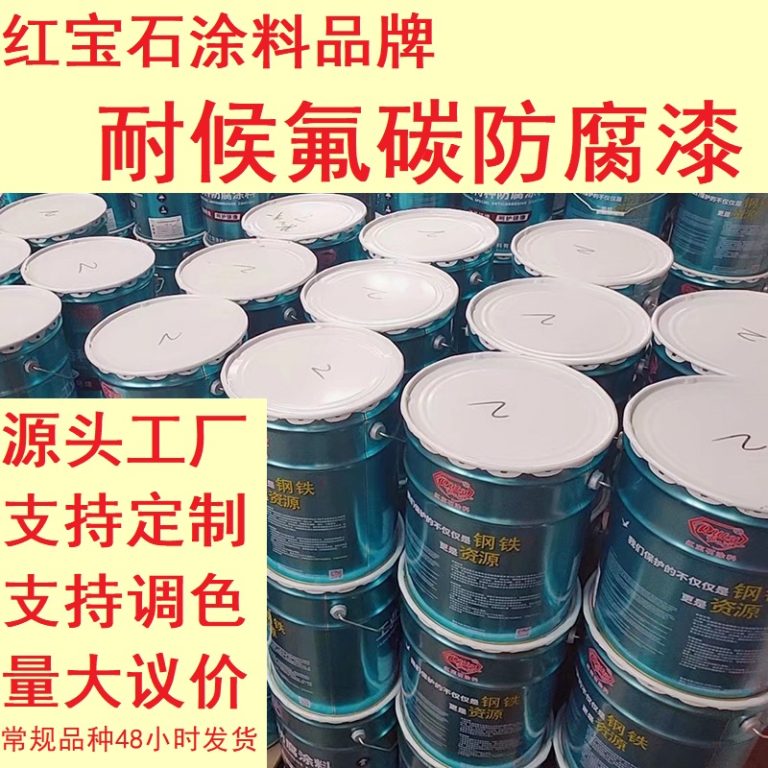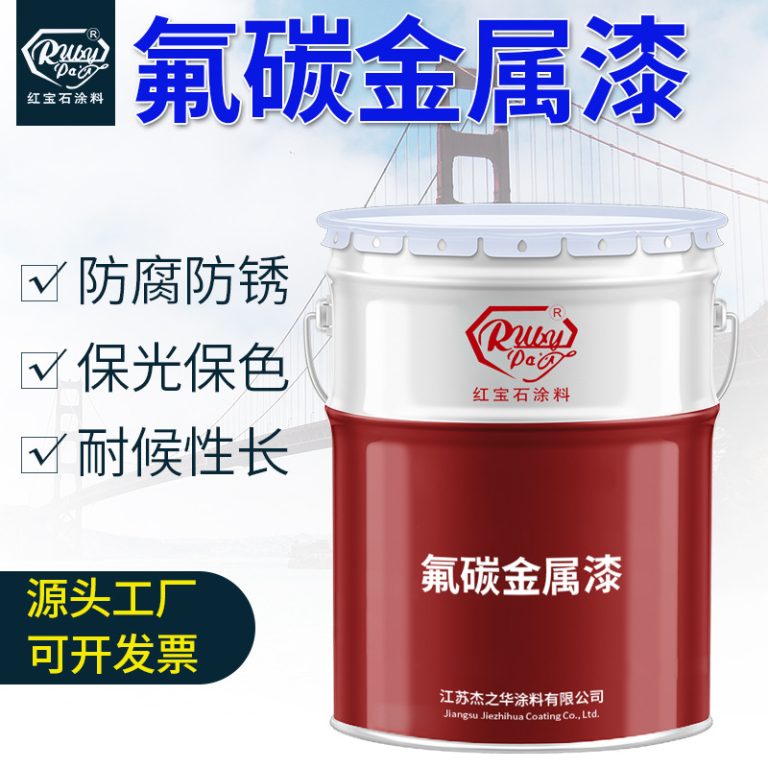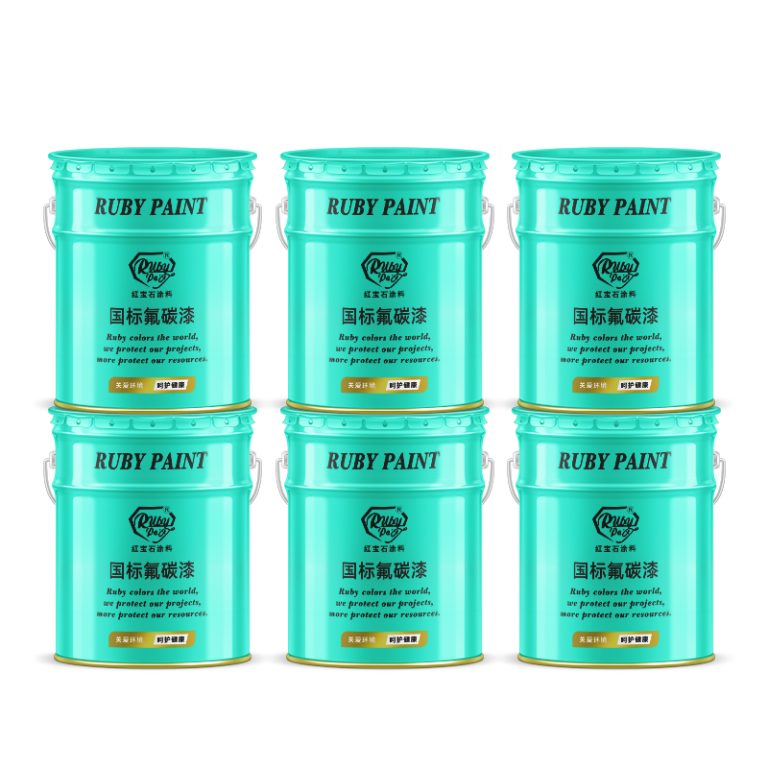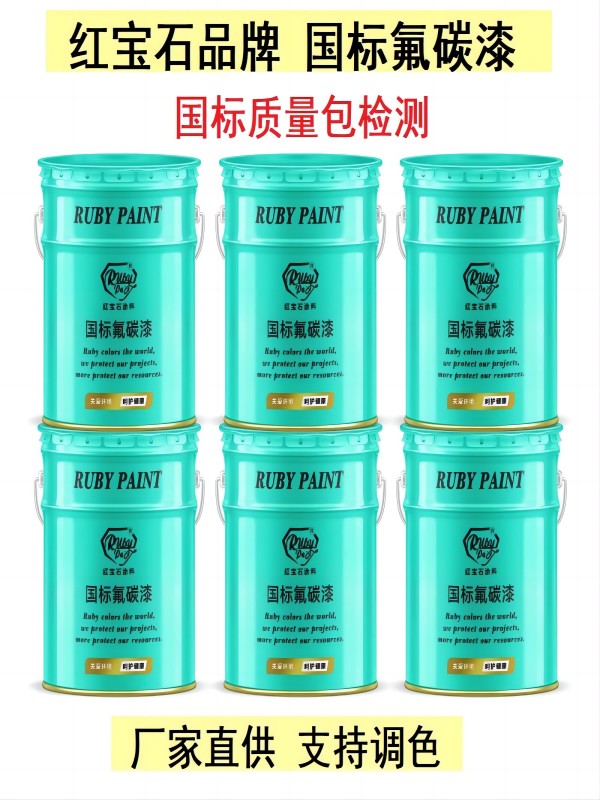Table of Contents
Acrylic Paint Techniques for Beginners
Acrylic paint is a versatile medium that offers a wide range of possibilities for artists of all skill levels. One of the most interesting techniques that beginners can explore is the use of acrylic paint mixed with baking soda. This combination can create unique textures and effects that can add depth and interest to your paintings.
When you mix acrylic paint with baking soda, the baking soda reacts with the paint to create a gritty, textured surface. This can be used to create a variety of effects, from rough, rocky landscapes to delicate, frothy seascapes. The key to success with this technique is to experiment with different ratios of paint to baking soda to find the combination that works best for your particular project.
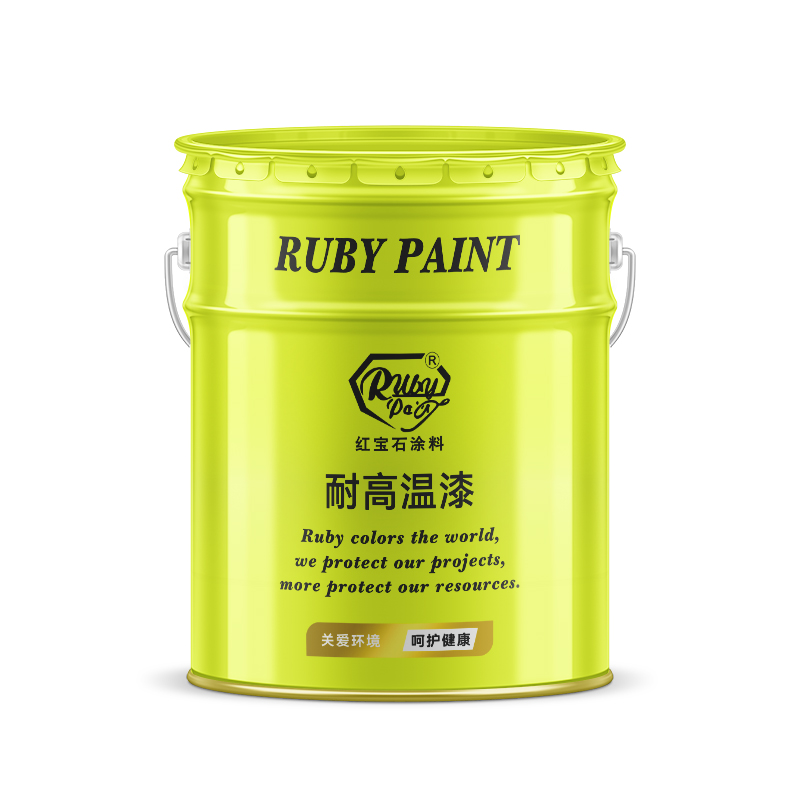
| Serial Serial Number | Commodity Name |
| 1 | Epoxy Zinc rich paint |
To get started, you’ll need some acrylic paint, baking soda, a palette knife or brush, and a surface to paint on. Begin by mixing a small amount of baking soda with your acrylic paint on your palette. The amount of baking soda you use will depend on the effect you’re trying to achieve. A good starting point is to use a ratio of one part baking soda to three parts paint, but feel free to adjust this as needed.
Once you’ve mixed your paint and baking soda, use your palette knife or brush to apply the mixture to your surface. You can use a variety of techniques to create different textures, such as dabbing, stippling, or dragging the mixture across the surface. As you work, you’ll notice that the baking soda creates a rough, grainy texture that can add depth and interest to your painting.
One of the great things about this technique is that it’s very forgiving. If you don’t like the way a particular area looks, you can simply add more paint or baking soda to adjust the texture. You can also layer different colors on top of each other to create even more depth and complexity.
As you experiment with this technique, you’ll find that it’s a great way to add visual interest to your paintings. The textured surface can catch the light in interesting ways, creating highlights and shadows that can make your artwork come alive. Additionally, the rough texture can add a tactile quality to your paintings that can make them more engaging and immersive.
Of course, like any painting technique, using acrylic paint and baking soda takes practice to master. It’s important to be patient and give yourself time to experiment and learn. Don’t be afraid to make mistakes – they’re all part of the learning process.
In conclusion, mixing acrylic paint with baking soda is a fun and creative technique that can add texture and depth to your paintings. Whether you’re a beginner or an experienced artist, this technique offers a wealth of possibilities for experimentation and exploration. So grab your paints and baking soda, and start experimenting today!
Baking Soda Uses in Home Cleaning
Acrylic paint is a versatile medium used by artists and DIY enthusiasts alike for its vibrant colors and quick-drying properties. However, when it comes to cleaning up after a painting session, removing dried acrylic paint can be a challenging task. This is where baking soda, a common household item, comes into play as an effective cleaning agent.
| Serial No. | Product Name |
| 1 | Epoxy Zinc rich paint |
Baking soda, also known as sodium bicarbonate, is a natural, non-toxic substance that has a multitude of uses around the home, particularly in cleaning. Its mildly abrasive nature makes it an excellent choice for scrubbing away stubborn stains without causing damage to surfaces. Additionally, baking soda is known for its deodorizing properties, making it ideal for eliminating odors.
When it comes to removing acrylic paint, baking soda can be used in several ways. One effective method is to create a paste by mixing baking soda with a small amount of water. This paste can be applied directly to the dried paint and gently scrubbed with a soft brush or cloth. The abrasive action of the baking soda helps to break down the paint, making it easier to wipe away.
Another approach is to use baking soda in combination with vinegar. The chemical reaction between baking soda and vinegar produces carbon dioxide gas, which helps to lift the paint from the surface. To use this method, sprinkle baking soda over the dried paint and then spray vinegar on top. Allow the mixture to fizz and bubble for a few minutes before scrubbing with a brush or cloth. This method is particularly effective on larger areas or tougher paint stains.
In addition to its paint-removing capabilities, baking soda can be used for general home cleaning. It is an excellent choice for cleaning kitchen surfaces, such as countertops and sinks, as it effectively cuts through grease and grime without leaving any harmful residues. Baking soda can also be used to clean bathroom fixtures, such as toilets and bathtubs, where it helps to remove soap scum and hard water stains.
Furthermore, baking soda is beneficial for cleaning and deodorizing carpets and upholstery. By sprinkling baking soda over the surface and allowing it to sit for several hours or overnight, it absorbs odors and can then be vacuumed away, leaving the area fresh and clean.
In conclusion, baking soda is a highly versatile and effective cleaning agent that can be used for a variety of tasks around the home, including the removal of acrylic paint. Its natural, non-toxic properties make it a safe choice for households, and its affordability makes it an economical option as well. Whether dealing with a messy painting project or tackling everyday cleaning challenges, baking soda is a valuable tool to have on hand.

